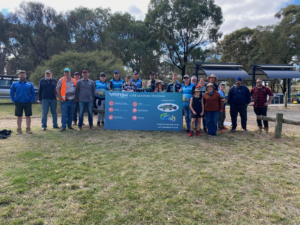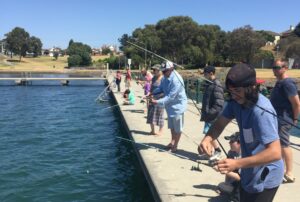July 26, 2022
This year is proving to be a fantastic year for Victoria’s snapper stocks with high recruitment found in Port Phillip Bay. The latest snapper survey by the Victorian Fisheries Authority has found the third highest abundance of baby snapper since monitoring began almost 30 years ago.
To ensure consistency of the data, fisheries scientists conduct these surveys at the same time each year, typically in March, and use the same equipment. The surveys are conducted at night as that is when juvenile snapper are more effectively caught. Scientists measure the abundance of newborn snapper ranging from 3cm to 10cm that have survived from the recent spring spawning season.
Environmental conditions have an impact on the success of a snapper spawning season. The Victorian Fisheries Authority’s scientists have found that the ideal temperature for snapper is between 18 and 22 degrees Celsius. Between November, December and when the temperature begins to drop again in March tend to be the best time for snapper.
VRFish Chair, Rob Loats, said “This is wonderful news for saltwater anglers because snapper are an icon of our bay and immensely popular.”
When we combine this strong recruitment class with the 2018 record breaking year-class, we should continue to see strong catches of snapper in the Bay over the next decade. The 2018 year-class will begin to join the adult spawning migration from 2023/24 and are now expected to be bigger than the minimum legal size limit.
Recreational fishers who target snapper can expect to see great fishing opportunities in the coming years. It will take around 4 years for the 2022 year-class to reach legal size.
Our recent advocacy survey, which received almost 5,000 responses, found that one of the top 10 priorities for Victorian recreational fishers is future-proofing our snapper fishery through enhanced management and increased angler stewardship.








